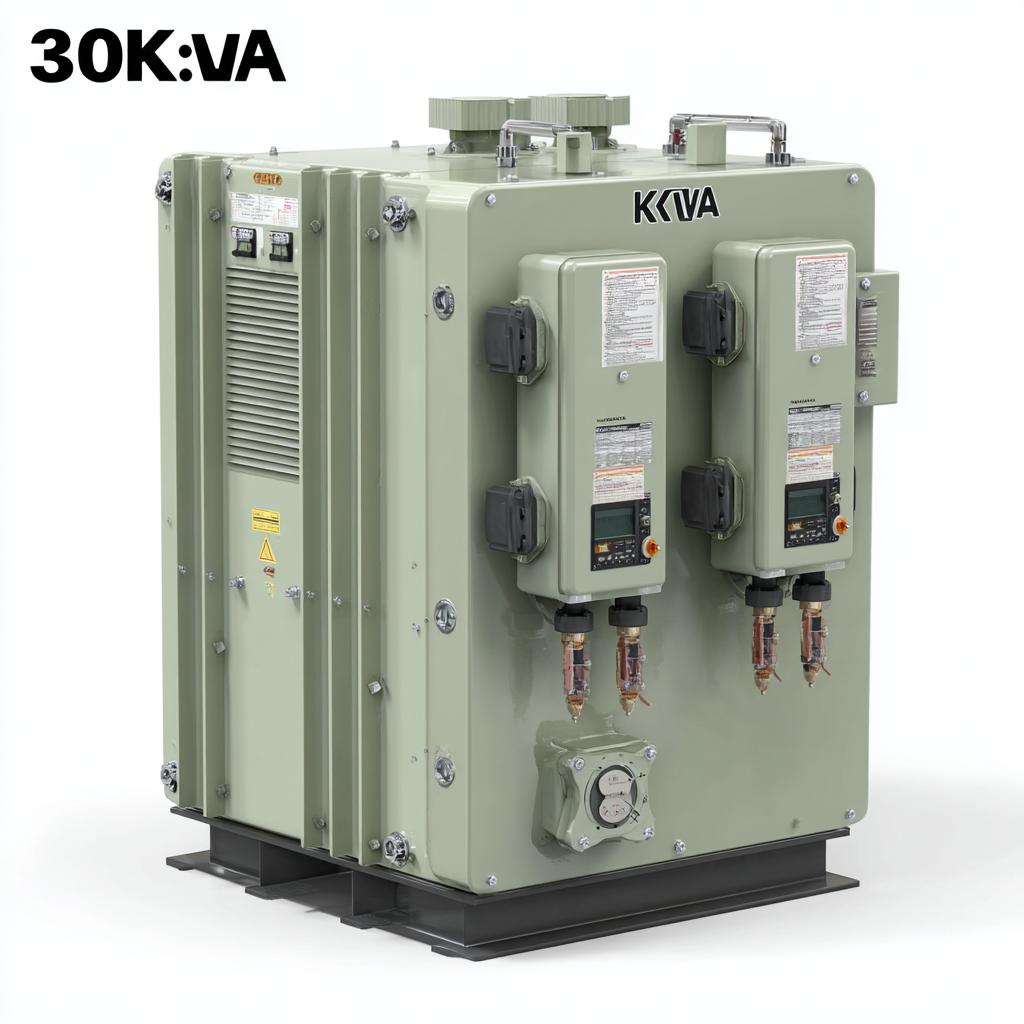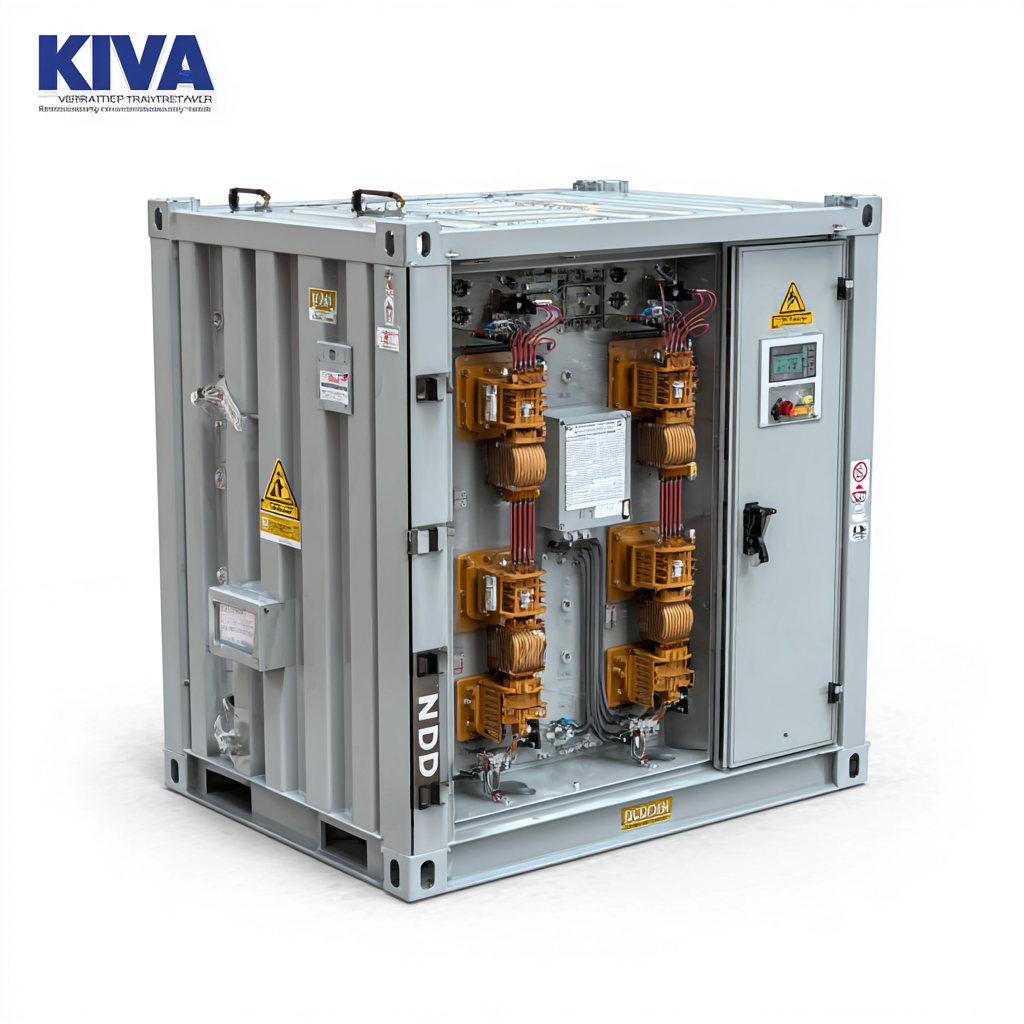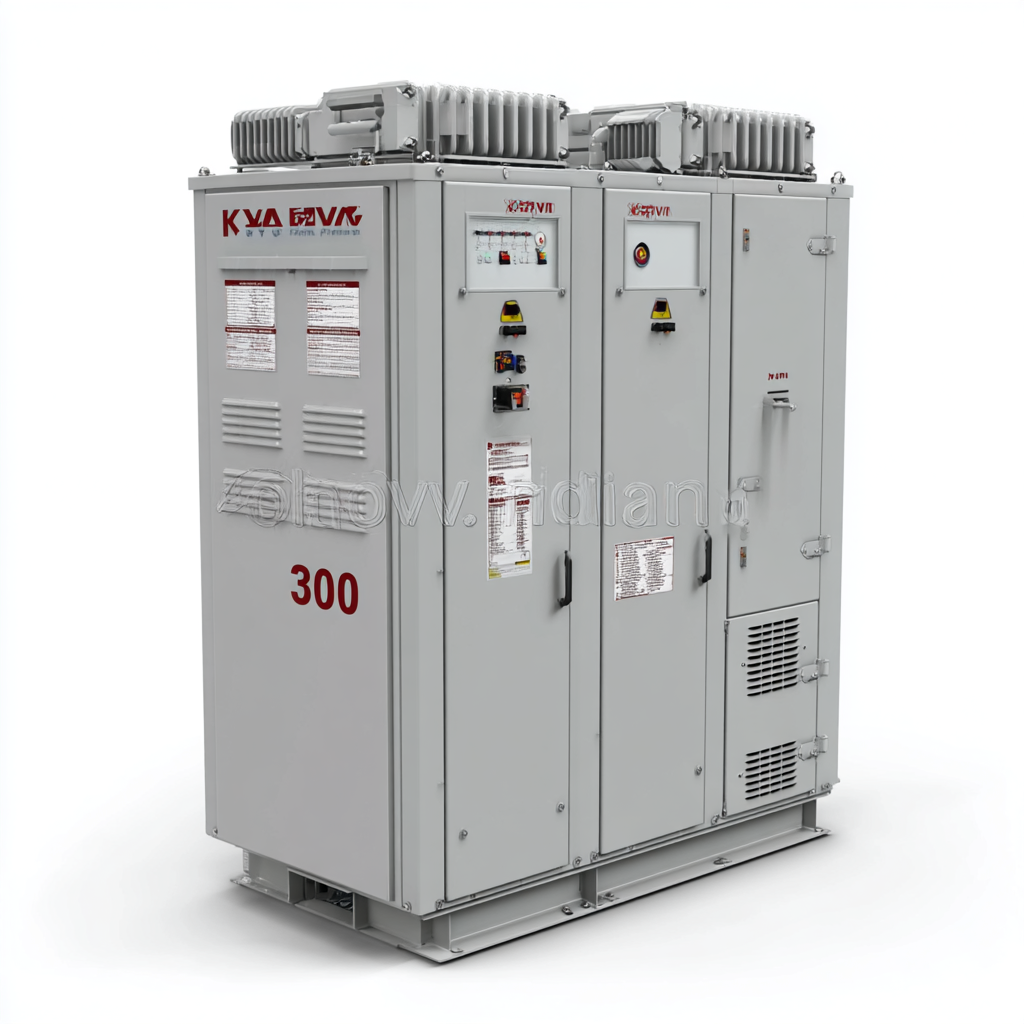

As industries increasingly lean towards energy efficiency and sustainability, the demand for reliable power solutions has surged, leading to a heightened interest in the 30kva Dry Transformer. According to a recent report by Research and Markets, the global dry-type transformer market is expected to reach $9.5 billion by 2025, growing at a CAGR of 7.8%. This trend underscores the importance of selecting the right transformer, especially for applications requiring precise voltage regulation and reduced environmental impact. The 30kva Dry Transformer stands out for its capability to deliver optimal performance in various settings, from industrial manufacturing to commercial buildings. However, the selection process can be complex, influenced by factors such as load requirements, installation environment, and regulatory standards. Understanding these challenges is crucial for making an informed decision that not only meets operational needs but also contributes to long-term energy savings and sustainability goals.

 When selecting a 30kVA dry transformer, several key factors must be considered to ensure optimal performance and longevity. First, it is crucial to evaluate the operational environment. According to the Electric Power Research Institute (EPRI), transformers installed in high ambient temperature areas may require high-temperature insulation systems to prevent overheating and operational failures. This consideration is essential, especially in industrial settings where extreme conditions are common.
When selecting a 30kVA dry transformer, several key factors must be considered to ensure optimal performance and longevity. First, it is crucial to evaluate the operational environment. According to the Electric Power Research Institute (EPRI), transformers installed in high ambient temperature areas may require high-temperature insulation systems to prevent overheating and operational failures. This consideration is essential, especially in industrial settings where extreme conditions are common.
Another important factor is the efficiency rating of the transformer. Industry reports indicate that inefficient transformers can lead to significant energy losses, sometimes exceeding 5% annually. Opting for a high-efficiency model not only reduces operating costs but also contributes to sustainability goals. When comparing models, be sure to review their efficiency ratings, which are typically provided in accordance with DOE standards.
Tips: Always verify the manufacturer's specifications and consider warranties that signal reliability. Additionally, consult with professionals who understand the local grid regulations to ensure compliance and optimal integration. Lastly, factor in installation requirements and potential maintenance costs, as these can impact the total cost of ownership over the transformer’s lifespan.
As we approach 2025, the landscape of dry transformer technology is set to witness transformative changes driven by emerging innovations. According to a report by MarketsandMarkets, the global dry transformer market is projected to grow from USD 4.65 billion in 2020 to USD 6.23 billion by 2025, with an impressive CAGR of 6.1%. This growth is largely attributed to advancements in materials, smart technologies, and energy efficiency.
One of the most significant developments in dry transformers is the adoption of environmentally friendly insulation materials that enhance performance while reducing carbon footprints. Furthermore, the integration of IoT technologies is revolutionizing monitoring and maintenance practices. By leveraging data analytics, operators can optimize performance, predict failures, and extend transformer lifespans. Increasing investments in renewable energy sources also necessitate the deployment of more efficient, reliable dry transformers to support the growing demand for electricity.
The 2025 horizon promises a shift towards more sustainable and intelligent dry transformer solutions, meeting not only the needs of the grid but also aligning with global initiatives for energy transition. As manufacturers innovate and adapt to these trends, selecting the best 30kva dry transformer will become increasingly influenced by a holistic evaluation of technology, efficiency, and environmental impact.
When selecting a transformer for industrial use, the choice between dry transformers and oil-immersed options is crucial. Dry transformers offer several advantages that make them the preferred choice for many applications. According to a report by the Energy Efficiency & Renewable Energy (EERE) program, dry-type transformers not only have a lower environmental impact but also require less maintenance compared to oil-immersed transformers. Because they do not contain flammable oil, dry transformers are considerably safer in environments where fire risk is a concern, such as in commercial buildings or manufacturing facilities.
One of the primary benefits of dry transformers is their versatility in installation locations. They can be installed indoors or outdoors since they are less susceptible to adverse weather conditions. A study by the Institute of Electrical and Electronics Engineers (IEEE) emphasizes that dry transformers may improve overall system reliability due to their robust design and lower thermal cycling stresses. For facilities focused on sustainability, opting for dry transformers can lead to reduced lifecycle costs.
**Tips:** Always consider your load requirements and environment when selecting the transformer type. Making use of manufacturers' specifications and performance data can help ensure you choose a unit that meets both your operational needs and safety standards. Regular maintenance and inspection are also key to prolonging the lifespan and ensuring optimal performance of your dry transformer.

Selecting the right transformer for your needs involves navigating a landscape filled with challenges. One of the most common issues is understanding the specific requirements of your application, as various industries necessitate different transformer specifications. For instance, a 30kVA dry transformer must be tailored to support the electrical load of your facility while maintaining efficiency. Ensuring that you have the right voltage and current ratings is crucial, but it can be complicated when vendors use technical jargon that may be unfamiliar.
Additionally, the performance of transformers can be influenced by environmental factors, such as temperature and humidity levels, which makes it essential to consider the transformer’s installation location. Finding a solution involves not just assessing the technical aspects of the transformer, but also understanding how to select the right product in partnerships with knowledgeable suppliers. Seeking out thorough recommendations, reviews, or case studies can guide your selection process, mitigating the risks associated with poor choices that could lead to increased operational costs or even system failures.
| Challenge | Description | Potential Solutions |
|---|---|---|
| Voltage Requirements | Selecting a transformer that meets the specific voltage needs of the application. | Consult technical specifications and work with an electrical engineer for optimal selection. |
| Cooling Considerations | Determining the right cooling method to ensure efficiency and longevity. | Evaluate ambient temperatures and load conditions to select appropriate cooling options. |
| Physical Size and Weight | Ensuring the transformer fits within the available installation space and adheres to weight limits. | Consider compact designs and review load-bearing capacities of installation site. |
| Regulatory Compliance | Meeting regional and local electrical standards and safety regulations. | Stay informed about current standards and work with compliant manufacturers. |
| Cost Factors | Balancing the upfront cost of the transformer with long-term operational expenses. | Analyze total cost of ownership including maintenance, efficiency, and warranty options. |
| Availability of Parts | Ensuring spare parts and service are readily available for repairs and maintenance. | Choose brands with strong support networks and readily available components. |
When selecting a 30kva dry transformer, energy efficiency plays a
critical role in determining both initial costs and long-term
operational expenses. According to a report by the U.S. Department of Energy,
transformers can account for approximately 2-5% of a facility's total energy consumption.
This emphasizes the importance of maximizing energy efficiency during the selection process. A higher efficiency transformer
not only decreases energy costs but also enhances the overall sustainability of operations, making it a vital consideration
for eco-conscious businesses.
Tips for choosing an energy-efficient transformer include looking for models that meet or
exceed the efficiency standards set by the National Electric Manufacturers Association (NEMA).
It is also beneficial to consider the transformer's load efficiency, as many transformers operate more efficiently at specific
load levels. Investing in transformers with lower no-load losses can lead to
significant long-term savings.
Additionally, consider how installation factors, such as ambient temperature and
ventilation, can impact the transformer's performance. A well-placed transformer can
optimize cooling, further improving efficiency. By prioritizing energy efficiency in your selection process, you can dramatically
reduce operational costs while contributing to a more sustainable energy future.